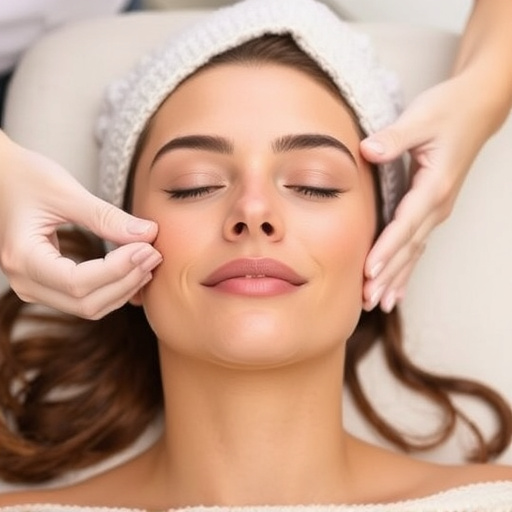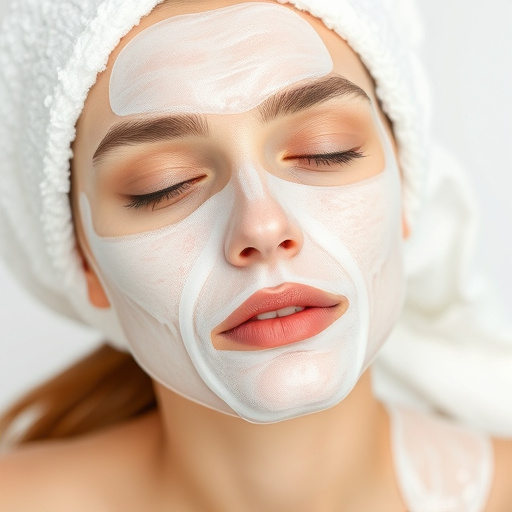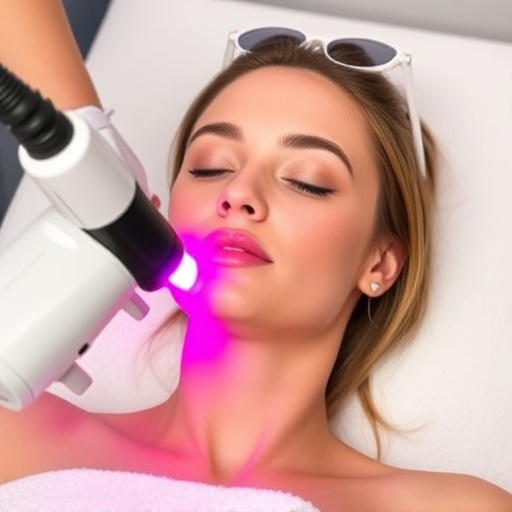Understanding FDA approval process for medical procedures like microneedling, skin tightening, and wrinkle reduction involves rigorous preclinical studies, animal testing, and human clinical trials. Analyzing a procedure's regulatory trail through approval letters, public notices, and clinical study reports is crucial for stakeholders to make informed decisions. Examining supporting documentation, including clinical trials and peer-reviewed publications, verifies FDA approval of treatments like acne or pore refinement procedures.
Verifying if a procedure is FDA-approved is crucial for ensuring safety and efficacy. This guide navigates the process, helping you discern whether a medical or surgical technique has received regulatory clearance. We’ll walk through understanding the FDA approval process, analyzing the procedure’s regulatory trail, and examining supporting documentation. By following these steps, you can make informed decisions about procedures, prioritizing those that meet FDA standards for patient safety.
- Understanding FDA Approval Process
- Analyzing Procedure's Regulatory Trail
- Examining Supporting Documentation
Understanding FDA Approval Process
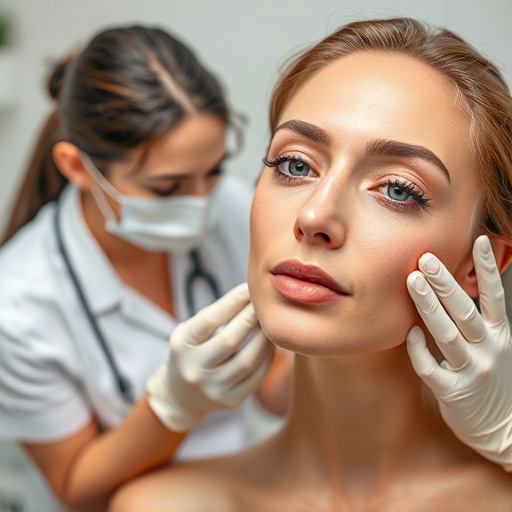
The Food and Drug Administration (FDA) approval process is a rigorous evaluation system designed to ensure medical devices, drugs, and procedures are safe and effective for their intended use. When it comes to FDA-approved procedures, understanding this process is crucial for both healthcare professionals and patients. The journey towards approval involves extensive research, testing, and the submission of detailed data to support the safety and efficacy claims.
For innovative treatments like microneedling therapy, skin tightening procedures, or wrinkle reduction solutions, the road to FDA approval can be particularly demanding. Manufacturers must navigate through a series of steps, including preclinical studies, animal testing, and human clinical trials. Each phase gathers critical data on safety, dosage, and potential side effects. Once all requirements are met, the FDA reviews the evidence and decides whether to grant marketing authorization, thus making the procedure officially FDA-approved.
Analyzing Procedure's Regulatory Trail
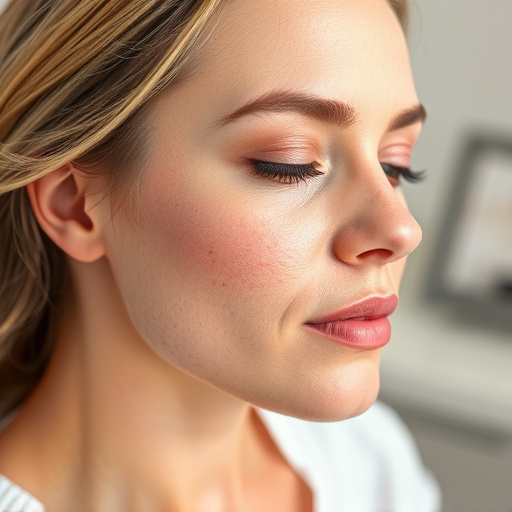
Analyzing a procedure’s regulatory trail is a crucial step in understanding if it’s FDA approved or not. It involves tracing back the origins and evolution of the procedure, looking at every stage of its development and the regulatory bodies that have reviewed it. The U.S. Food and Drug Administration (FDA) plays a pivotal role in this process, ensuring that medical devices, drugs, and procedures are safe and effective for public use. For instance, let’s consider personalized skincare treatments. These often involve innovative techniques like chemical peels or body contouring. To be FDA approved, these procedures must meet stringent standards and undergo rigorous testing to prove their safety and efficacy.
The regulatory trail can provide valuable insights into a procedure’s history. By examining approval letters, public notices, and clinical study reports, you can gather information about the data presented, any concerns raised, and the steps taken to address them. This process is particularly important for emerging procedures or those seeking entry into the U.S. market. Understanding the regulatory journey helps healthcare professionals, consumers, and stakeholders make informed decisions regarding FDA-approved treatments, such as chemical peels for skin rejuvenation or body contouring procedures, ensuring they meet the highest standards of safety and quality.
Examining Supporting Documentation

When investigating whether a particular procedure is FDA approved, examining supporting documentation is a crucial step. Start by looking for clinical trials and research studies that have been conducted on the specific treatment or service. These should be well-documented and available from reputable sources. For instance, if you’re researching acne treatments or pore refinement procedures, search for peer-reviewed publications in medical journals that outline the efficacy and safety of these methods.
Additionally, check with regulatory bodies like the FDA directly. They maintain records of approved devices and drugs, including medical spa services. Official websites often provide comprehensive databases where you can search for specific products or treatments. The information provided should include approval dates, indications for use, and any associated warnings or side effects. This thorough documentation process ensures that practitioners are using proven, safe, and effective methods, giving patients peace of mind.
Verifying if a procedure is FDA-approved is crucial for ensuring safety and efficacy. By understanding the FDA approval process, tracking down a procedure’s regulatory trail, and examining supporting documentation, you can make informed decisions about medical treatments. Remember, knowing whether a procedure has FDA approval is essential in navigating healthcare options and prioritizing patient well-being.











